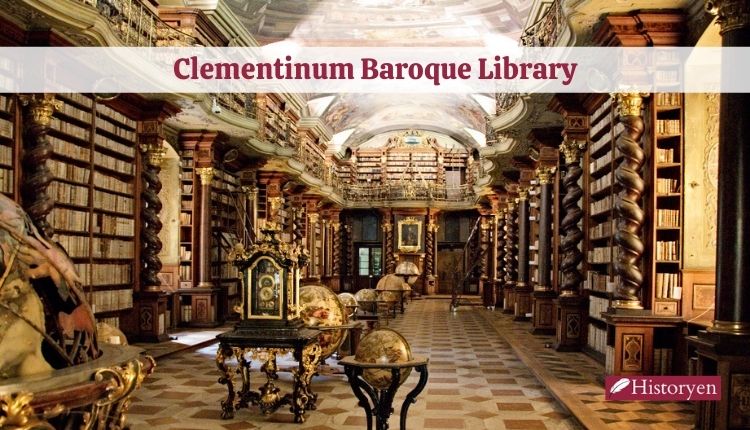The enigmatic Mona Lisa, a timeless masterpiece, continues to reveal its secrets. Recent analysis has unearthed a surprising revelation: the presence of plumbonacrite, a lead compound, in this iconic painting. What’s more astonishing is that this toxic pigment was never detected in Italian Renaissance works before.
A Renaissance Polymath: Leonardo da Vinci
Leonardo da Vinci is renowned for his innovations in both art and science. Recent examinations hint at his experimental spirit, which extended to the very core layers of his paintings.
A Tale of Two Masterpieces: The Mona Lisa and The Last Supper
In an unexpected turn of events, samples taken from both the Mona Lisa and The Last Supper point to da Vinci’s experiments with lead oxide. These experiments led to the formation of a rare compound known as plumbonacrite.
Da Vinci’s Artistic Arsenal: A World of Mystery

The paints and pigments in da Vinci’s studio have always held an air of mystery, prompting scientists to delve into his writings and artworks for clues. Many paintings from the early 1500s, including the Mona Lisa, were created on wooden panels that required a thick “ground layer” before the actual artwork could be painted.
The Da Vinci Difference: Lead and Innovation
While other artists typically used gesso as a ground primer, da Vinci’s unconventional approach involved layering thick lead white pigment and experimenting with lead oxide. The latter, an orange pigment, imparted unique drying properties to the upper layers of paint.
A Glimpse into “The Last Supper”

Da Vinci employed a similar technique in the lower portion of The Last Supper, departing from the traditional fresco method of the time. To gain further insight into these unique layers, Victor Gonzalez and his colleagues embarked on a journey of updated, high-resolution analytical techniques using small samples from these two masterpieces.
Scientific Revelation: Uncovering Plumbonacrite
Their analysis, conducted on a tiny “micro-sample” from a hidden corner of the Mona Lisa and 17 micro-samples from The Last Supper’s surface, revealed that the ground layers of these artworks contained more than just oil and lead white. They contained a rare lead compound – Plumbonacrite (Pb5(CO3)O(OH)2).
From the Renaissance to Rembrandt: A Unique Discovery
This material had never before been detected in Italian Renaissance paintings but had appeared in later works by Rembrandt in the 1600s. The stability of plumbonacrite only under alkaline conditions suggests that it formed through a reaction between oil and lead(II) oxide (PbO). Additionally, many of the samples from The Last Supper exhibited intact PbO particles.
Da Vinci’s Hidden Techniques: A Key to Masterpieces
It was common knowledge that painters added lead oxides to pigments to aid in drying. However, this technique had not been experimentally proven for paintings from da Vinci’s era. While he never explicitly documented this practice, researchers found a single piece of evidence related to PbO in his writings, which, despite being known today for its toxicity, was once associated with treatments for skin and hair.



